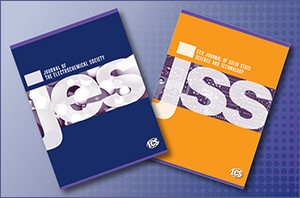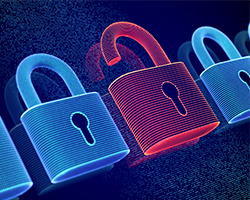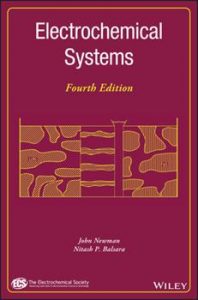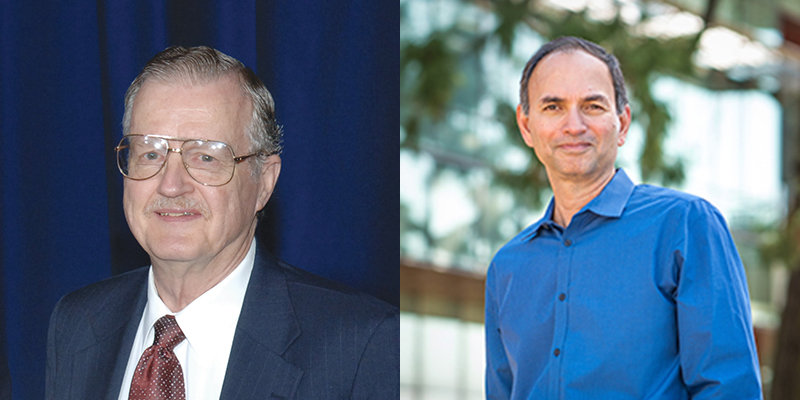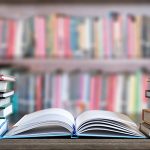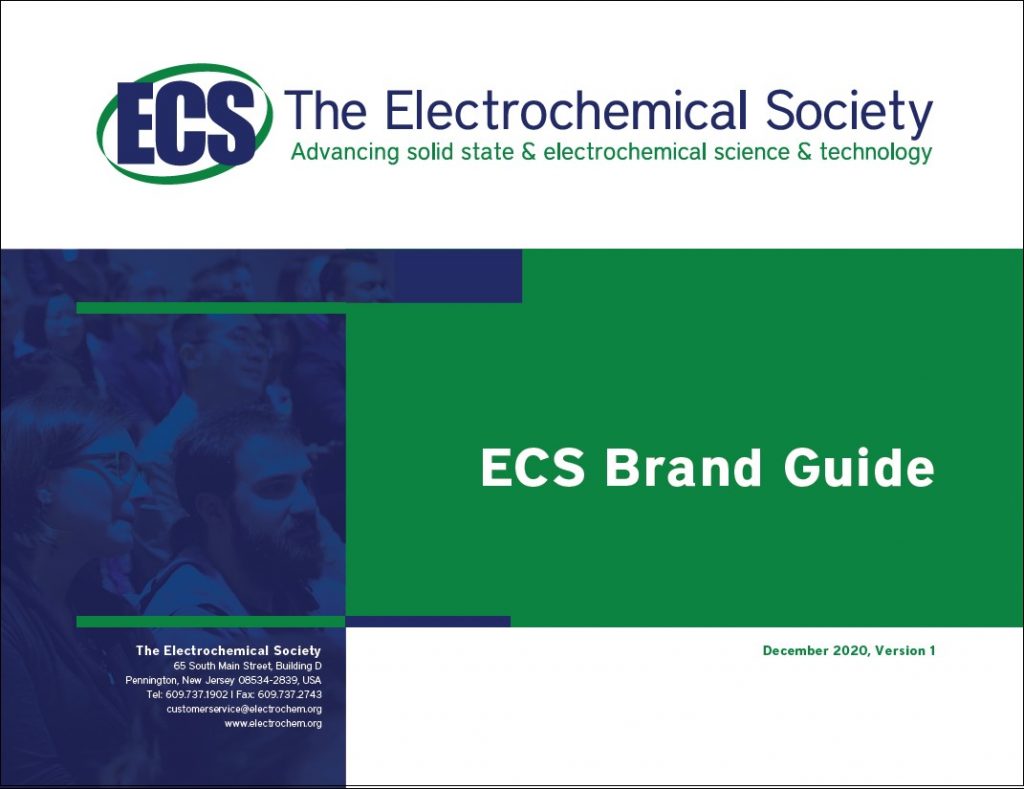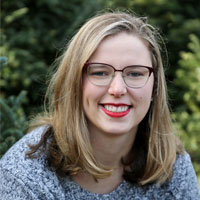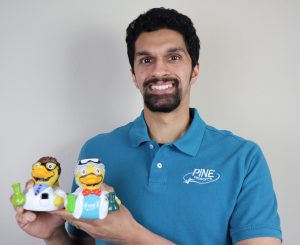
Alex Peroff, PhD, with (from left to right), Pine Research mascots the Post-Duck and Dr. Reducks.
Alex Peroff Looks on the Bright Side
Last spring, when the Society spoke with Alex Peroff, PhD, Electroanalytical Scientist at Pine Research, we were impressed by his positive attitude in the face of the challenges posed by the pandemic. We wondered if, after a year of living under COVID-19 restrictions, he was still as upbeat. The short answer: yes! The long answer follows.
Life not on the road
Before 2020, Peroff traveled extensively. Since spring 2020, he’s worked from home. “My only travel was to drive to Pine’s Pennsylvania facility last summer. There were a lot of social distancing protocols to make sure that everything was safe. Before, everyone worked together on a first shift. Now there are two shifts. I don’t think there’s going to be much safe travel until more people are vaccinated and the numbers of new cases significantly decrease. It’ll be a slow process.”
(more…)
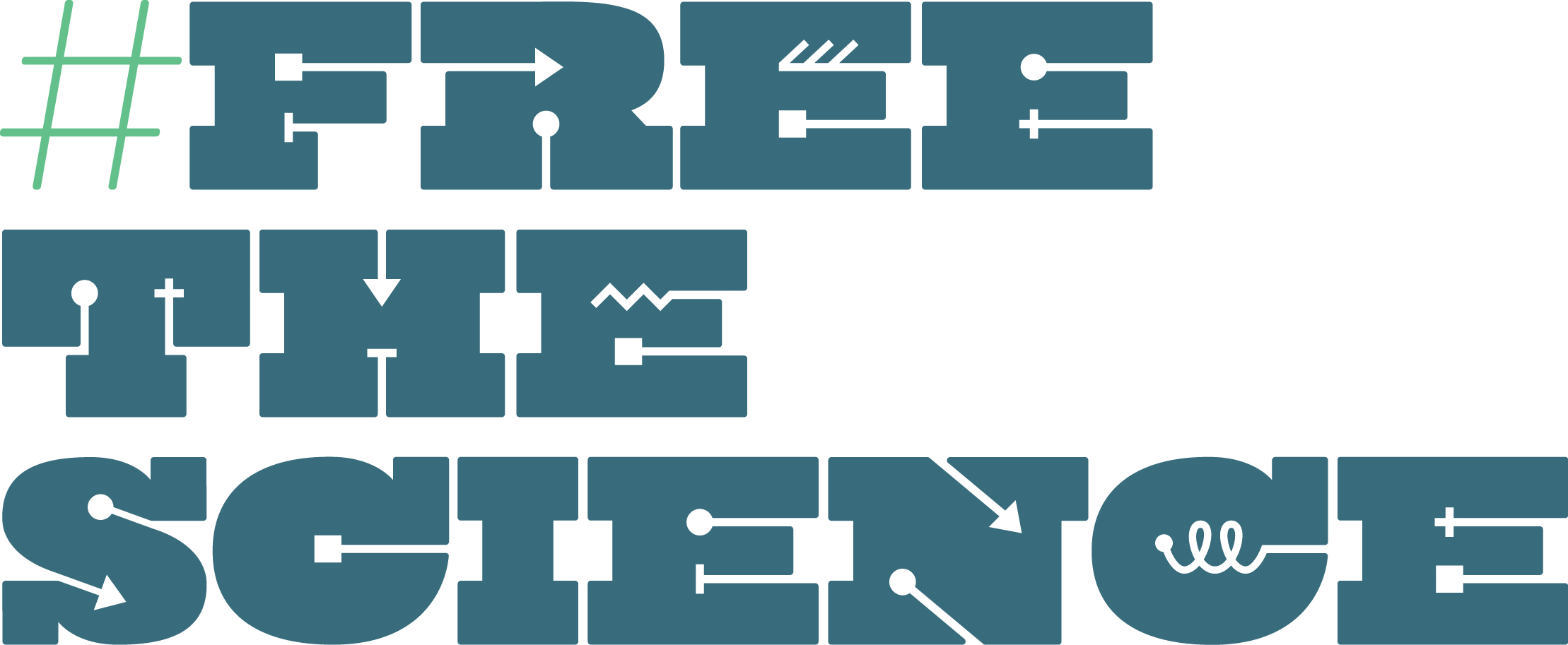 When the ECS Digital Library on IOPscience paywall comes down on April 5, it’s your opportunity to access over 160,000 scientific journal and magazine articles and meeting abstracts at no cost. Free the Science Week 2021 is the fifth year that the Society puts into action its long-term vision of providing access to all in order to accelerate the advancement of scientific research. (more…)
When the ECS Digital Library on IOPscience paywall comes down on April 5, it’s your opportunity to access over 160,000 scientific journal and magazine articles and meeting abstracts at no cost. Free the Science Week 2021 is the fifth year that the Society puts into action its long-term vision of providing access to all in order to accelerate the advancement of scientific research. (more…)

